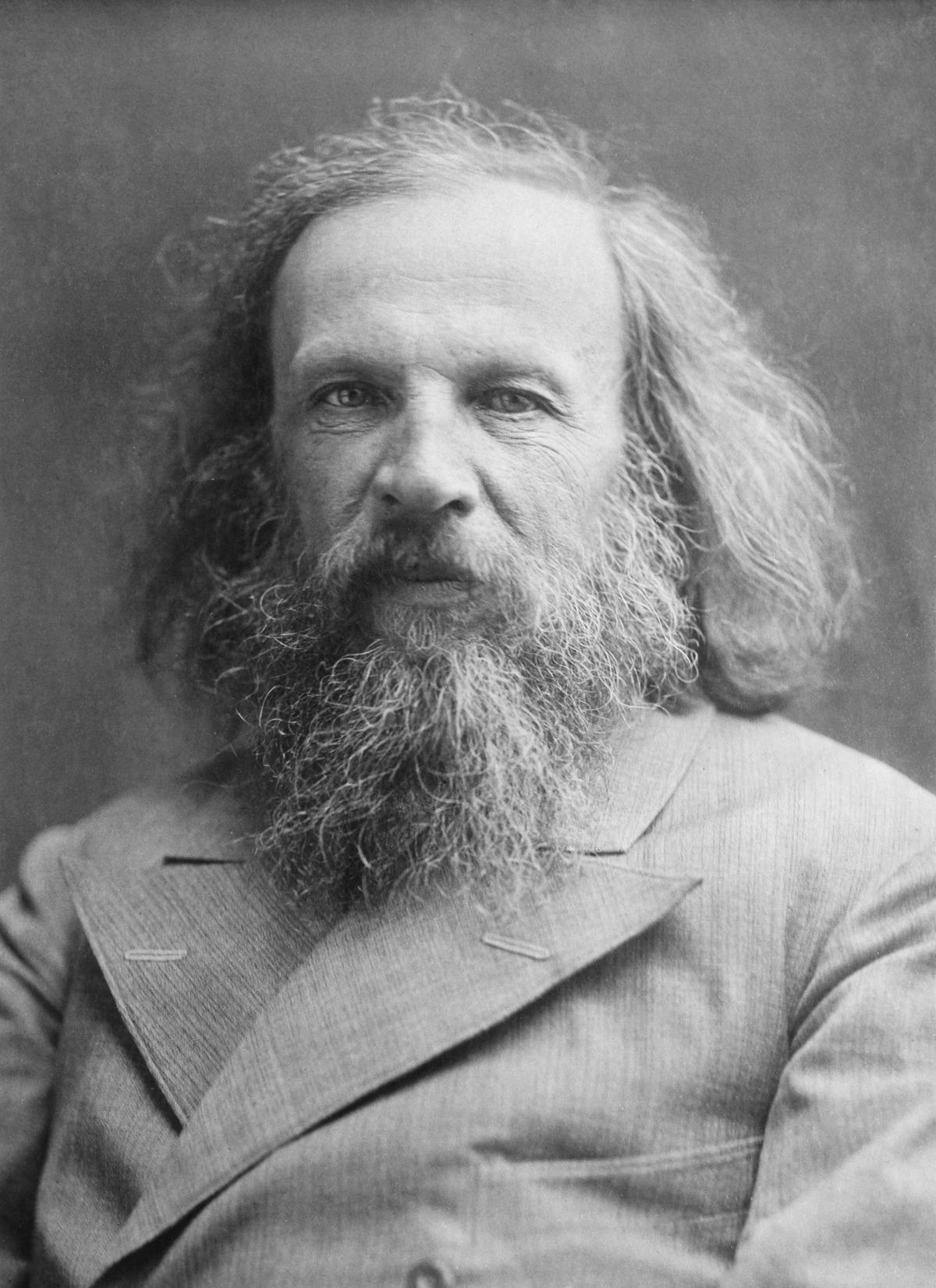The story so far: At least five people in Bihar’s Aurangabad city reportedly died on Thursday due to a sunstroke, news agency Reuters reported. Parts of north and central India continued to reel under a severe heatwave on Thursday, even as the India Meteorological Department (IMD) predicted a gradual fall in temperature over the next five days. On Wednesday, an automatic weather station in Delhi recorded a maximum temperature of 52.9 degrees Celsius, the highest temperature on record in the capital. The IMD, however, said that this could be due to “an error in sensor or local factors”, since the recorded temperature was an outlier. The IMD is said that it is examining the data and sensors.
Ten more people were reported dead government hospital in Odisha’s Rourkela region on Thursday due to the heat. A 40-year-old labourer in Delhi died due to a heatstroke (a condition in which the body temperature increases beyond 40 degrees C) on Thursday, The Indian Express reported. Despite these reports, it must be noted that heat-related deaths are widely underreported.
What does IMD’s latest report say?
As per the IMD report released Friday afternoon, maximum temperatures in northwest and central India are predicted to fall gradually by 2-3 degrees C in the next three days.
Maximum temperatures on Thursday in most parts of Delhi, Haryana, and Chandigarh, as well as large parts of Rajasthan, and isolated pockets over eastern Madhya Pradesh, Uttar Pradesh, Bihar, Jharkhand, and Odisha were recorded in the range of 45-48 degrees C.

Parts of western Madhya Pradesh, Chhattisgarh, and coastal Andhra Pradesh, and isolated pockets over Gujarat, Telangana, and Rayalaseema recorded maximum temperatures in the range of 42-45 degrees C.
How do heatwaves arise?
Some experts believe that post El Niño warming has contributed to higher-than-usual temperatures in north India this year.
El Niño and La Niña are atmospheric patterns that influence the warming and the cooling of sea surface temperatures in the Central and Equatorial Pacific. The two opposing patterns occur in an irregular cycle called the El Niño Southern Oscillation (ENSO) cycle, with a neutral period in between.
In March 2024, the World Meteorological Organisation (WMO) announced that even though the 2023-24 El Niño, which peaked as one of the strongest on record and has declined since, will continue to impact climate for the coming months. This exacerbates the heat captured by anthropogenically produced greenhouse gases, causing higher temperatures.
The IMD, in its May bulletin, said that weak El Niño conditions are currently observed over equatorial Pacific and are likely to weaken further and convert into ENSO neutral (the Australian Bureau of Meteorology had already announced on April 16 that the ENSO cycle is now in neutral).
A study published in 2016 had predicted that if El Niño activity increases in the future, heatwaves in India were likely to intensify.
During El Niño, surface temperatures in the equatorial Pacific rise, and trade winds — east-west winds that blow near the Equator — weaken. Normally, easterly trade winds blow from the Americas towards Asia. Due to El Niño, they falter and change direction to turn into westerlies.
ENSO, however, does not cause extreme heat in isolation. Teleconnections, which are the relationships between global weather and wind patterns, impact each other. The Walker circulation, which involves the trade winds that blow from east to west along the Equator, are affected by ENSO due to teleconnections.
El Niño is associated with a shift in Walker circulation, causing a large-scale redistribution of heat and moisture. Heat redistribution on the surface impacts airflows above the ocean. It is known that El Niño diminishes Indian monsoon since the weakened Walker circulation disrupts the flow of moist air from the Indian Ocean towards the Indian subcontinent, reducing the moisture available in the winds, hence creating drier conditions.
El Niño also creates high-pressure areas over the Indian subcontinent, which suppress cloud formation and precipitation. The absence of clouds is also contributing to the current heatwave in north and central India.
What’s the cause of North India’s heat?
Delhi and most parts of north and central India that are currently under a heatwave spell, are far from the influence of oceans that can regulate temperatures and air moisture. Continental air, which is a large volume of dry air over a land mass, greatly affects the weather in Delhi because of its inland location. Tropical air masses that originate in the Thar Desert and other hotter, drier regions to the west and northwest of India bring increased heat to Delhi and surrounding areas, contributing to heatwave conditions.
Another important factor exacerbating heatwave conditions in India is loss of tree cover. “The vast expanses of open areas with very little or no trees increase the impact of direct sunlight,” Indu K. Murthy, head of Climate, Environment and Sustainability at CSTEP, told The Hindu. According to the Global Forest Watch, India lost 2.33 million hectare of tree cover from 2001 to 2023, which is equivalent to a 6% decrease in tree cover since 2000, and 1.20 billion tonnes of CO₂e emissions.
In urban areas, the urban heat island (UHI) effect is also at play and contributes to hot conditions. In the UHI effect, urban areas are significantly warmer than their surroundings because building materials like concrete, asphalt, bricks, etc. have higher thermal inertia and absorb and retain more heat than natural landscapes, causing a localised increase in temperature. Densely packed buildings lack proper airflow that allows for cooling.
A study published in Nature journal on May 15, 2024 found that urbanisation alone has led to a 60% enhancement in warming in Indian cities. The UHI effect contributes to global warming as it is associated with an increased demand for energy which leads to a higher production of greenhouse gases. The UHI effect can also impact climate factors other than heat, like rainfall, pollution, etc.
A report by the Centre for Science and Environment, published in May 2024, found that cities are not cooling down at night at the same rate that they used to, not giving people a chance to recover from the daytime heat. “Hot nights are as dangerous as midday peak temperatures,” the study noted. In Delhi, nights are slightly cooler by just 11.2 degrees C, which is 9% down from 2001-2010.
The CSE report also said that the UHI effect is stronger at night than daytime in Delhi.
Is the Delhi Heat Action Plan enough?
Delhi has a Heat Action Plan in place for 2024-2025, but at this stage, it is more like a set of guidelines.
“While the Heat Action Plan of Delhi is a fantastic first step, what is needed is building of capacity across the ecosystem, and the access to funds and facilities that could be utilised without too much bureaucratic hurdles. More importantly, a more disaggregated approach to looking at the problem, applying the demographic and socio-economic lens is a must, as many of the generic solutions may not really serve the under-privileged lower economic strata of people,” Dr. Murthy from CSTEP said.
The Hindu tried reaching out to the Delhi Disaster Management Authority to inquire about the steps it has undertaken to implement the Heat Action Plan, but did not receive a response.
Aditya Valiathan Pillai, a fellow at Sustainable Futures Collaborative, said if we don’t start now, we won’t be able to beat the heat in 10 years. “Delhi has to play catch-up over the next couple of years, as implementing the ideas mentioned in the HAP takes time. My concern with this plan is it doesn’t talk about financing. [The government] needs to figure out how it is going to finance this long list of solutions it has proposed,” Mr. Pillai said.
He added that the plan needs to be grounded in some legal structure for it to “have weight within the bureaucracy and the government”.









